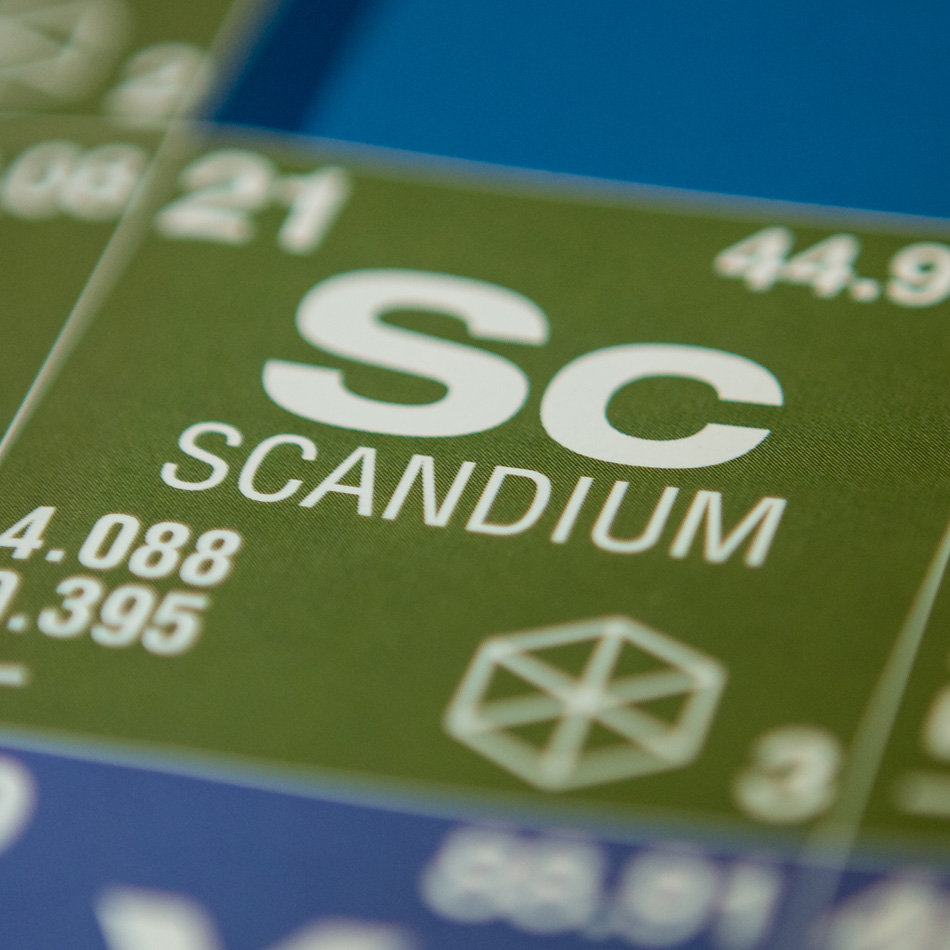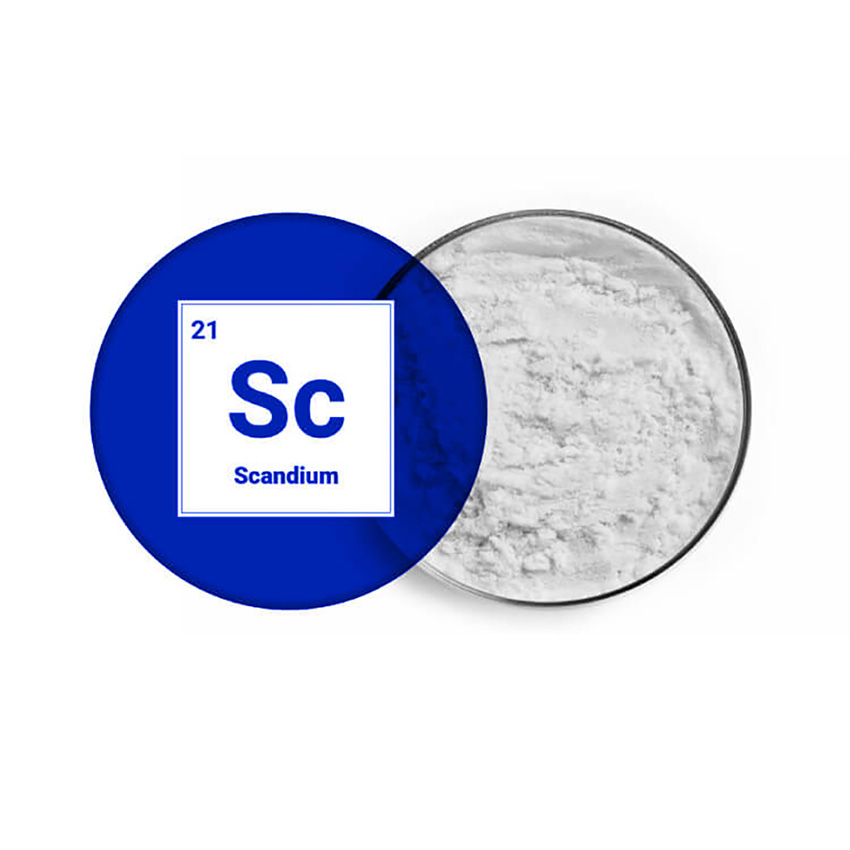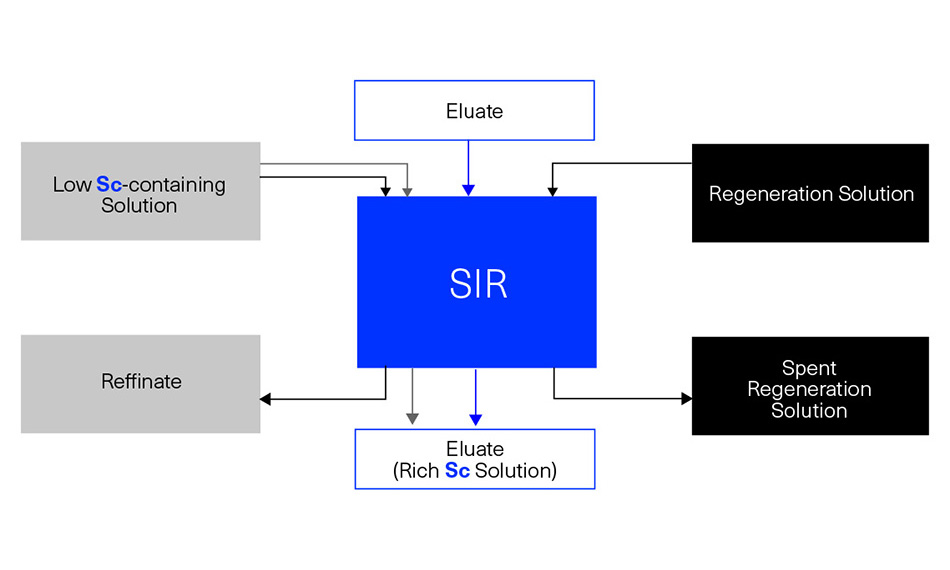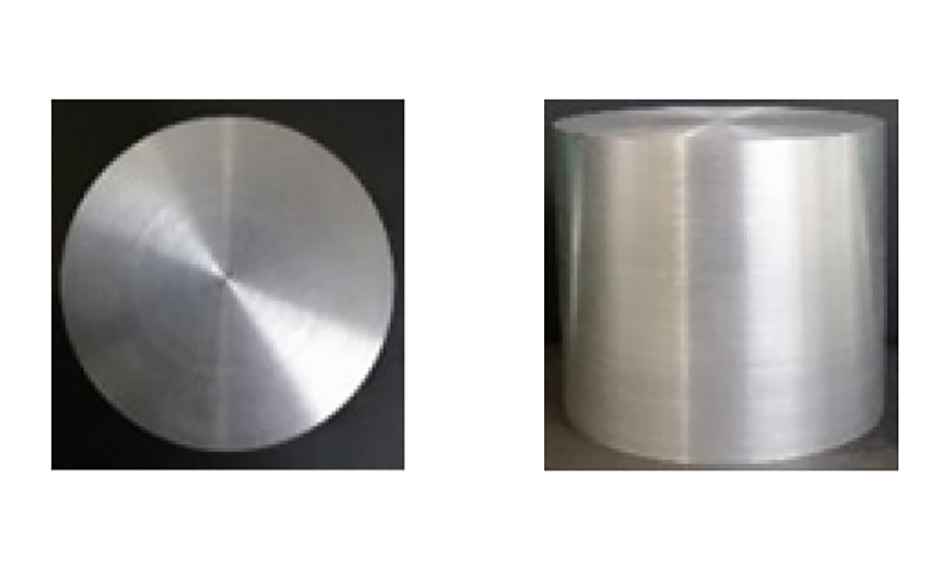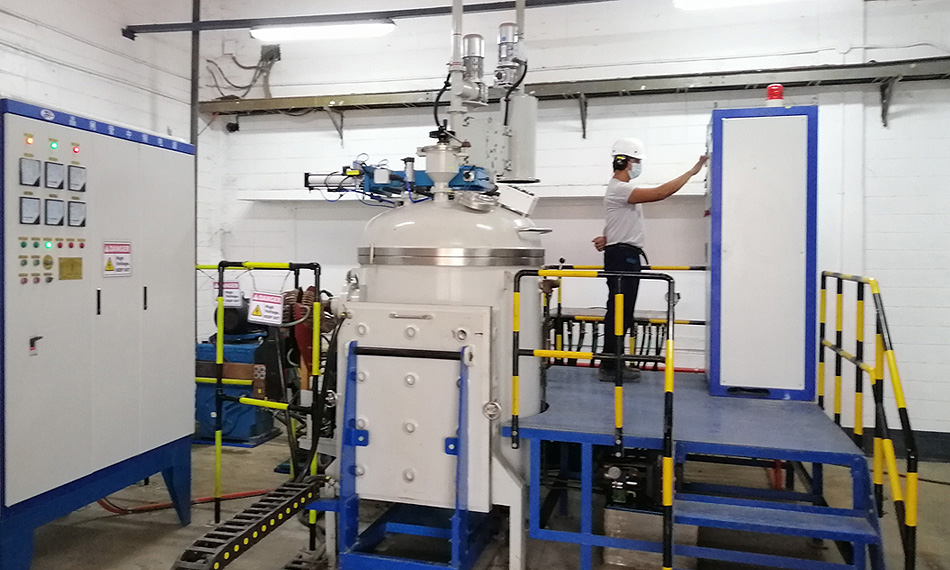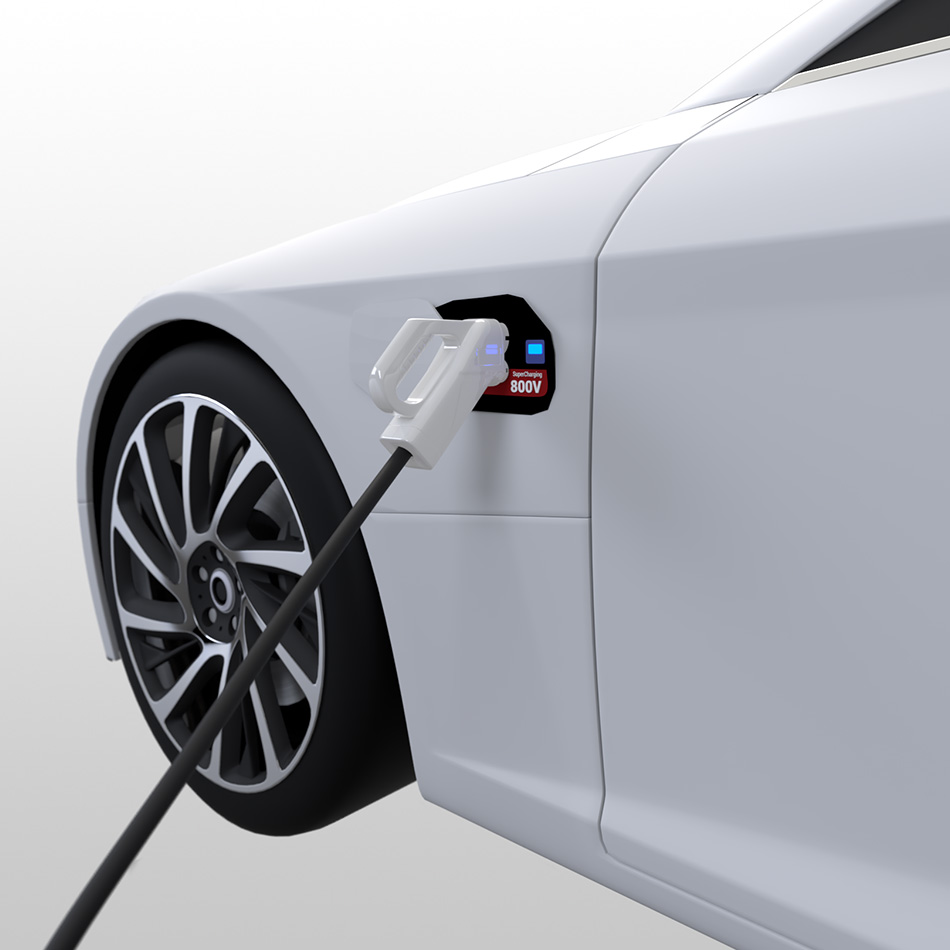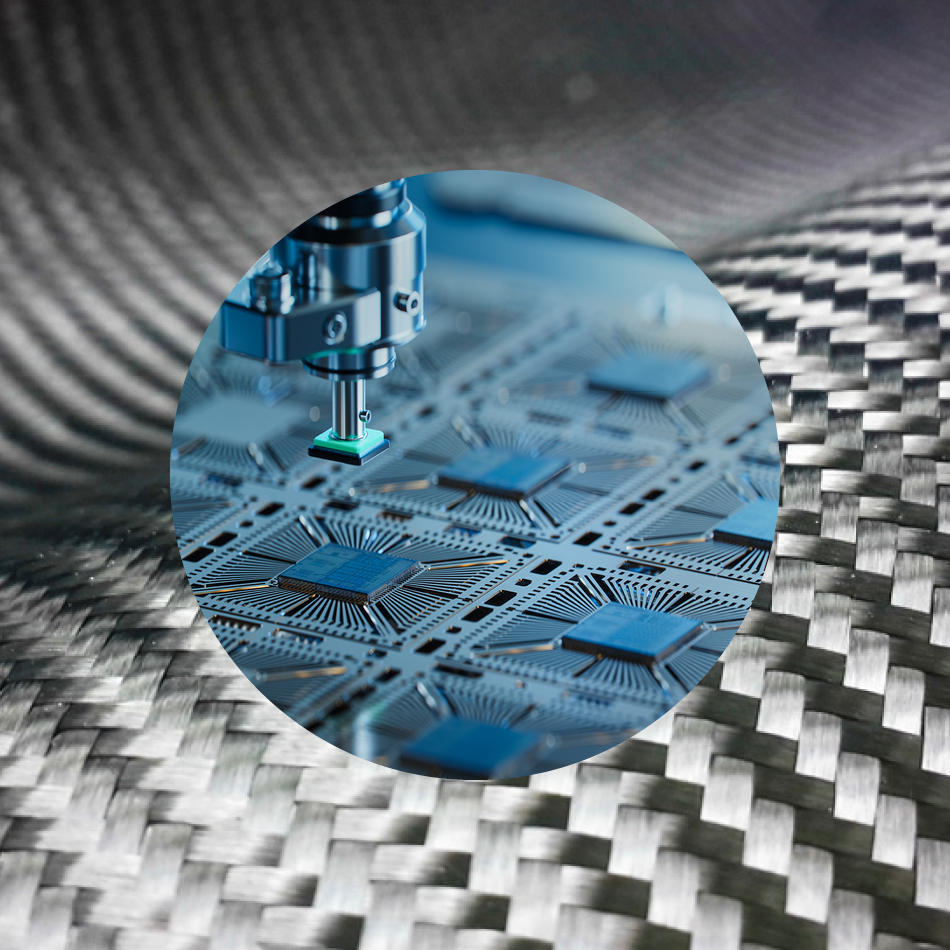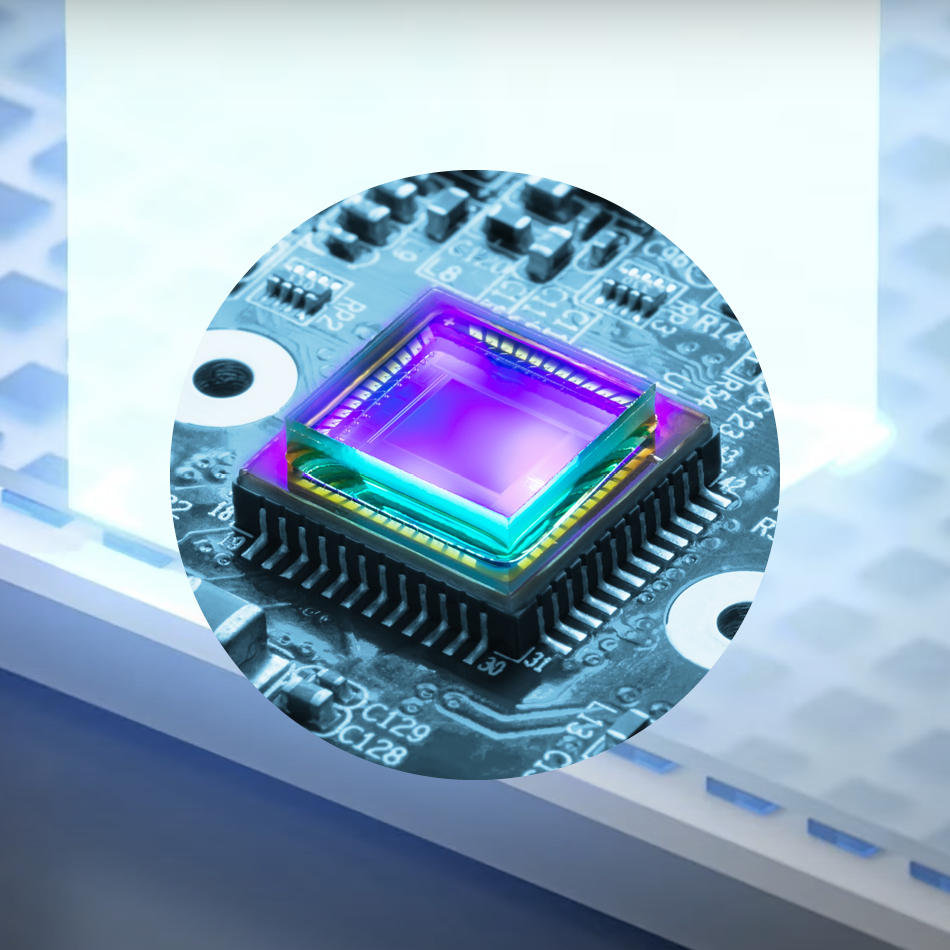Engineered Materials
Scandium Recovery Technology
Produce ultra high-strength, lightweight aluminum alloys and low-emission solid-oxide fuel cells (SOFCs) using economically obtained scandium.
Coherent makes the use of scandium a practical reality through our patented Selective-Ion Recovery (SIR) process which transforms industrial waste streams into scandium at 50% of the cost of conventional extractive metallurgy techniques.
Scandium for a Greener World
Learn why scandium is a key enabler in green technology, and how the Coherent produces scandium through an environmentally friendly process.
Patented Technology Most scandium is produced as a by-product of refining processes for minerals such as bauxite and titanium dioxide, but the concentrations are too low to be effectively recovered by traditional methods. Coherent developed our patented Selective-Ion Recovery (SIR) technology to provide a cost-effective, environmentally friendly way to extract scandium from low-concentration solutions, as well as other advanced technologies to further purify and concentrate it. |
Lighter, Stronger Vehicles Scandium is the most effective microalloying strengthener for aluminum and aluminum alloys and doesn't compromise other material properties. These alloys can form structural and functional vehicle parts that improve fuel efficiency and safety. |
Going Off-the-Grid Solid oxide fuel cells (SOFCs) provide an extremely efficient means of generating electricity and offer a zero-emissions alternative to many other forms of power generation. Scandium is a key element in SOFCs, improving conductivity and cell efficiency, and allowing cell electrolytes to run cooler. |
Featured Whitepaper
Aluminum-Scandium Alloy
Scandium (Sc) is one of the highest-valued elements in the periodic table and a critical raw material essential for several emerging applications. The technological applications for Sc are unique, as it is a key component in producing solid-oxide fuel cells and high-strength aluminum alloys used in aerospace and 3D printing.
